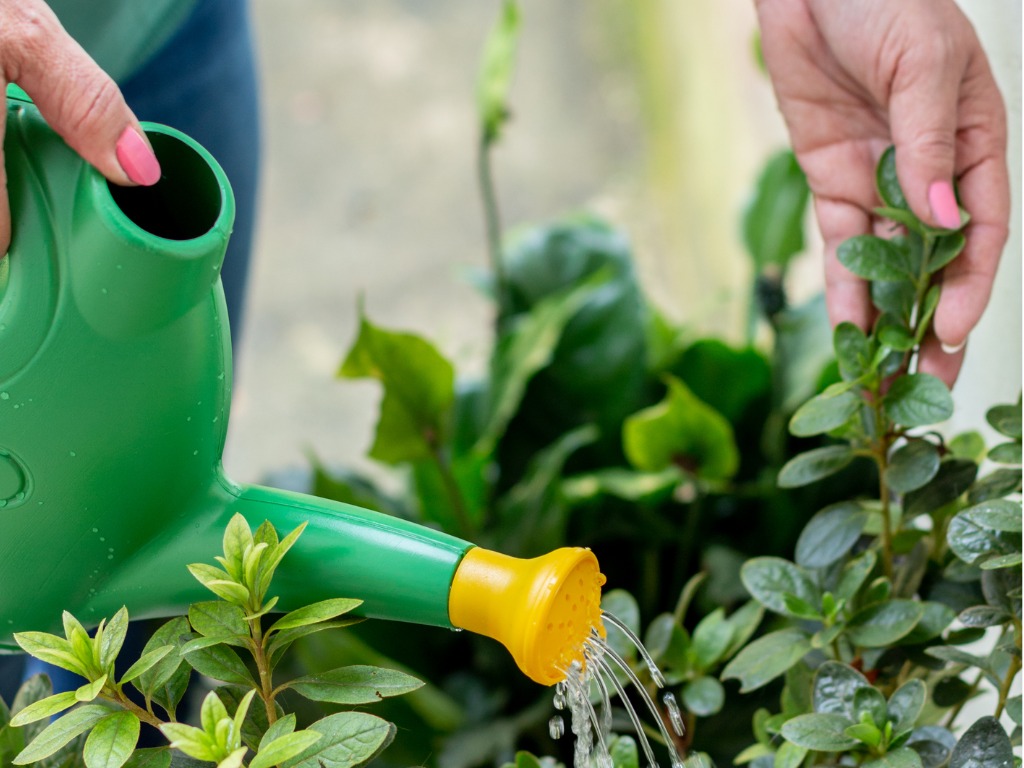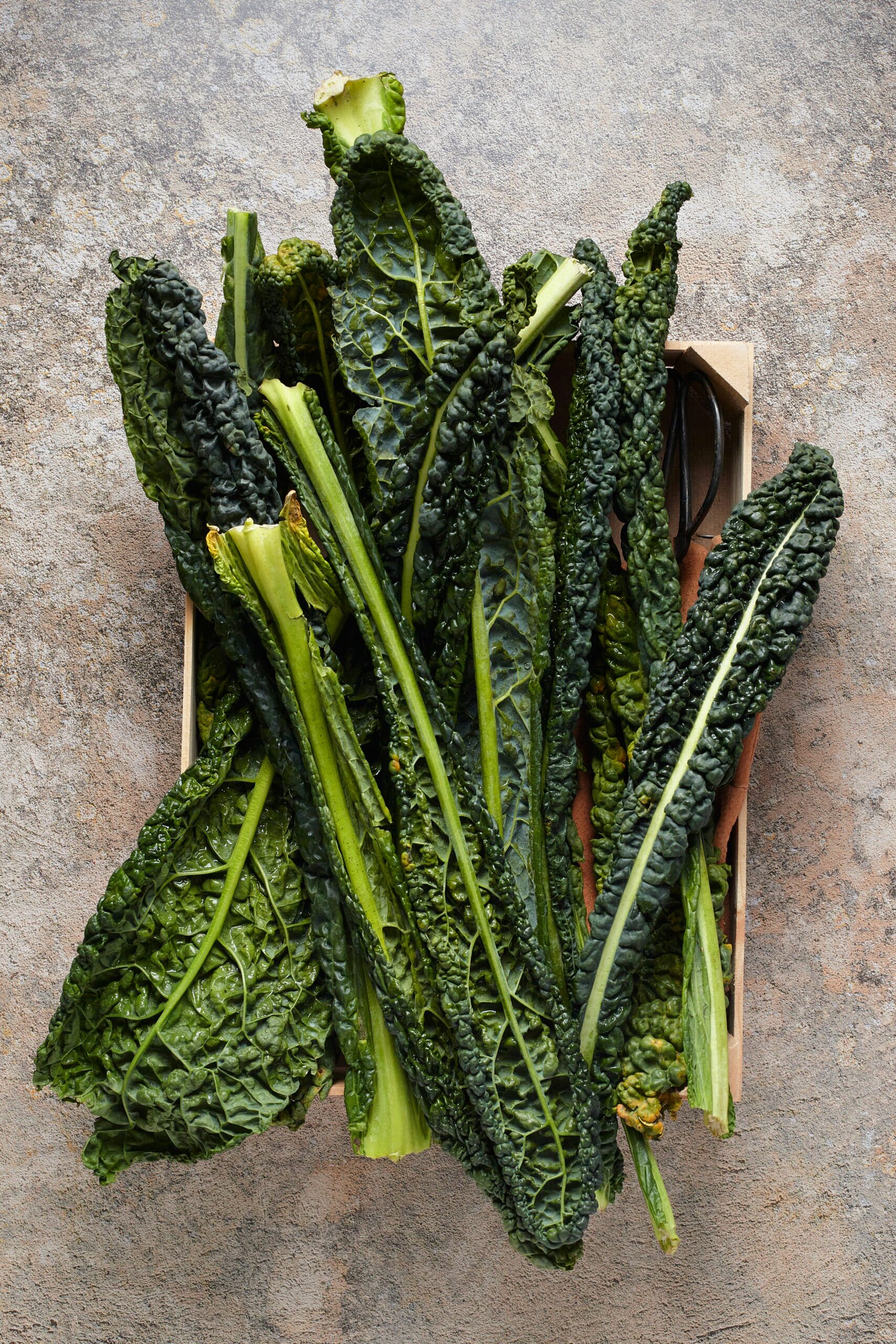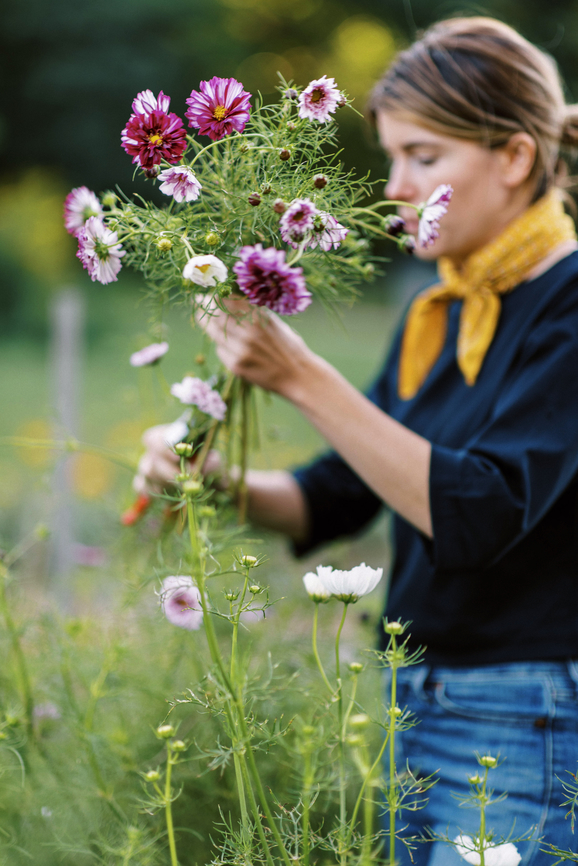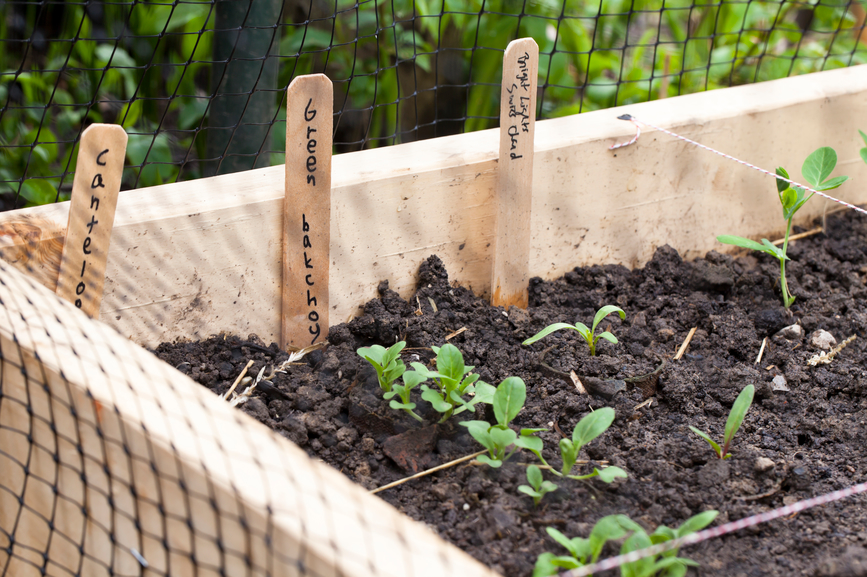z
It’s often said that “starting is half the battle”, and although true, in summer container gardening the other half is the upkeep and pivoting required throughout the remainder of the season. The literature and resources often focus on the essential beginning, we ourselves have delved into the initial stages like thoughtful planning, curating harmonious combinations and the fundamentals of various kinds of plants many times. But equally important is the upkeep and daily doings throughout the season.
Watering 101
The secret here starts with consistency and commitment. It’s not to say that you need to water daily, although. at times you do, but more so you need to check-in each day. Here’s a simple WWWH:
WHEN – Test soil dryness by sticking your finger at least one knuckle down, if dry, it’s time for a watering.
WHERE – Target the base of the plants and make your way from the center out. Avoid foliage and overall watering from the top.
(WITH) WHAT – Avoid a powerful garden hose if you can, and opt for a long-spouted ergonomic watering can with plenty of drainage holes for gentle but efficient watering.
HOW (LONG) – There are dangers to both under- and over-watering. Aim for a good soaking, only when that top layer is dry. A heavy watering promotes strong and healthy root development. Frequent, small waterings create shallow root systems and increased soil compaction.
Fertilizing and Feeding
High-quality soil should always be used for summer container gardening, the nutrients, however, do not last indefinitely. For lush, full foliage, all-season, we look to regular feeding with fertilizers. These can be introduced anywhere from 2-6 weeks after initial planting.
5-15-5 – Ideal for first feedings following planting; used for good root development and establishment.
15-30-15 – For general maintenance, after at least 4-6 weeks following planting. Preferred to keep annuals healthy and blooms long-lasting.
Julie notes, “always read the labels carefully, to avoid over-fertilizing or scorching of foliage. Fertilize on cooler mornings, avoid high temperatures and provide your container with a good soaking before feeding — this will help with nutrient retention.”
Daily Maintenance and Care
We recommend a daily connection with your containers. A quick check-in, not only assessing watering needs, but additionally to do the following:
- Deadhead any spent flowers, sending the energy to other plant parts, and pinch annuals, which is the removal about half the stem when you plant is 8-12 inches tall, thus promoting branching and a bushier appearance
- Remove any plant debris or spent/damaged foliage reducing the possibility for any mold/fungus to flourish
- If possible, a small rotation helps keep growth even on all sides, even a quarter turn does the trick
- Trim and support trailing and climbing plants as needed for a wild, but contained look
- Keep an eye out for any pests or insects, catching detrimental critters early is key in control
Troubleshooting Summer Container Gardening
Majority of issues the average gardener will com up against, stems from two areas: overwatering and underwatering.
Overwatering
When subjected to too much water, soil in a container becomes waterlogged. At which point, little to no oxygen remains available for normal root function and ironically restricts water uptake. In this condition roots are susceptible to root rot, from which there is no coming back from. Signs to look out for:
- Wilted and limp leaves that are discoloured yellow or brown
- Moldy stems, flowers, or leaves, often presenting as white/silver fuzzy areas
- A foul odor or slimy roots
As mentioned a proactive approach is required, there’s not much you can do once you’ve discovered this is the issue. Focus on proper drainage and a good watering schedule.
Underwatering
Fluctuations in temperatures and overall weather can affect this category along with a poor or inconsistent watering schedule. As an indicator, keep an eye out for:
- Limp, drying or wilting foliage. Sometimes leaves will curl into themselves.
- Stagnation of growth in flowers or foliage
- Bottom leaves dropping or the browning of edges
Once you’ve provided a good watering, continue checking the soil dryness, morning and evening for a few days, again only watering when that first-knuckle area has dried out to avoid overwatering.
Julie notes, “in severe cases, use a small wooden tool, like a chopstick, to poke holes throughout the soil prior to a deep soaking, this will increase the surface area by which the water can enter the soil.”
May your summer container gardening endeavours be fruitful, your plants lush and blooms ever-bright. And, if you don’t already, be sure to follow us on Instagram and Pinterest.






